9 plasterboard alternatives to cut the carbon footprint of your build
Go green and choose a plasterboard alternative to the popular gypsum based board that will still give a great, long-lasting finish and help the environment

When you think of plasterboard, you rarely think of plasterboard alternatives. But, there are some seriously good replacements out there that not only offer durability and ease of installation but are also better for the environment.
Not all the alternatives are direct replacements when plasterboarding, but all offer a traditional or a contemporary designer finish. Many are competitively priced compared with traditional gypsum, with some not needing a layer of plaster to look good – perfect for less experienced DIYers.
Plasterboard alternatives: 9 options to choose from
Looking to reduce your carbon footprint on a self build or home renovation? Here we look at a selection of alternatives that are perfect for interior walls and ceilings.
1. Wood Wool Board
Wood Wool Board is made from long wood strands – ideally from managed forests – which are bound together with a cement type binder. This creates a strong board that is ideal for interior walls and ceilings as Samantha Carroll, Head of Marketing at Skanda Savolit reveals, “Wood Wool boards, unaffected by humidity and frost, achieve good thermal values as well as sound and noise absorbance – ideal for buildings designed for people sensitive to allergies and recommended for healthy living environments.”
But it's not just its build qualities that make it a green alternative as Carroll explains, “Being 100% recyclable, these boards reduce waste and environmental impact, contributing to a better building climate. They are durable and vapour permeable, offering excellent mechanical key for plasters and renders.”
Wood wool board is a cheap plasterboard alternative with prices for a 2400mm x 600mm x 15mm board costing around £15. Though you will need to visit a specialist supplier – like Skanda Savolit – to get wood wool board and the bare board is not a great choice as a bare finish, though this is a matter of personal taste.
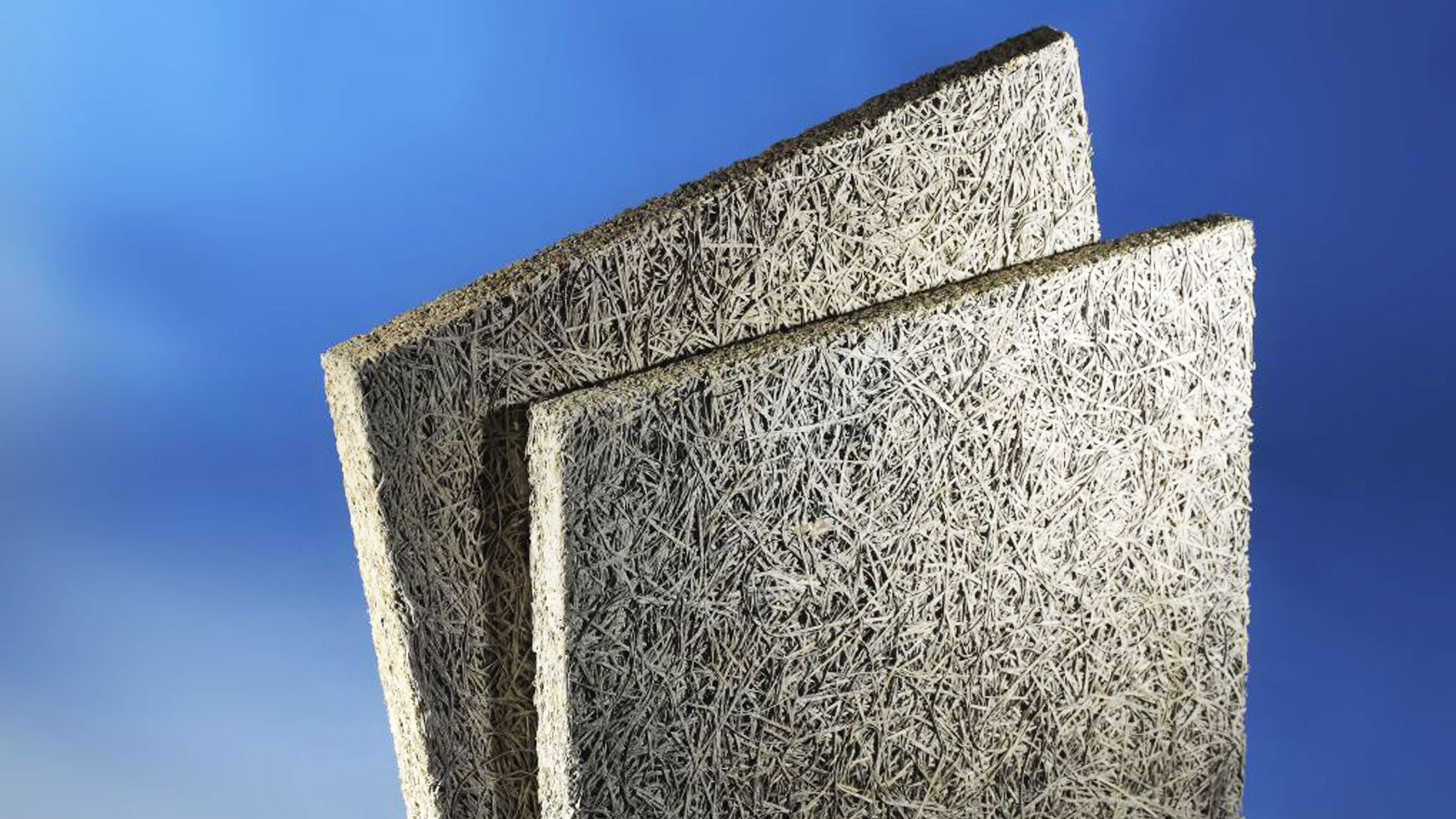
2. Plywood
Plywood is made up of thin layers of wood which are glued together to create a board that is strong and less likely to warp than solid timber and is easy to get hold of, with popular DIY stores such as B&Q and Jewsons selling different variations of it. Look for a 9mm or 12mm thickness and wood sourced from sustainably managed forests – near you if possible.
It is a contemporary option for finishing walls and ceilings and you can choose different face veneer finishes i.e. oak, birch etc. Plywood comes in different grades, so if you want to leave in its natural state you need the highest grade plywood – AB. This provides a consistent colour and tiny or no knots, ideal for applying a stain or varnish. However it is more expensive than lower grade plywood.
If you are painting plywood after installing it you can use a lower quality board such as Grade BB, which will need preparation before you add a coat of paint.
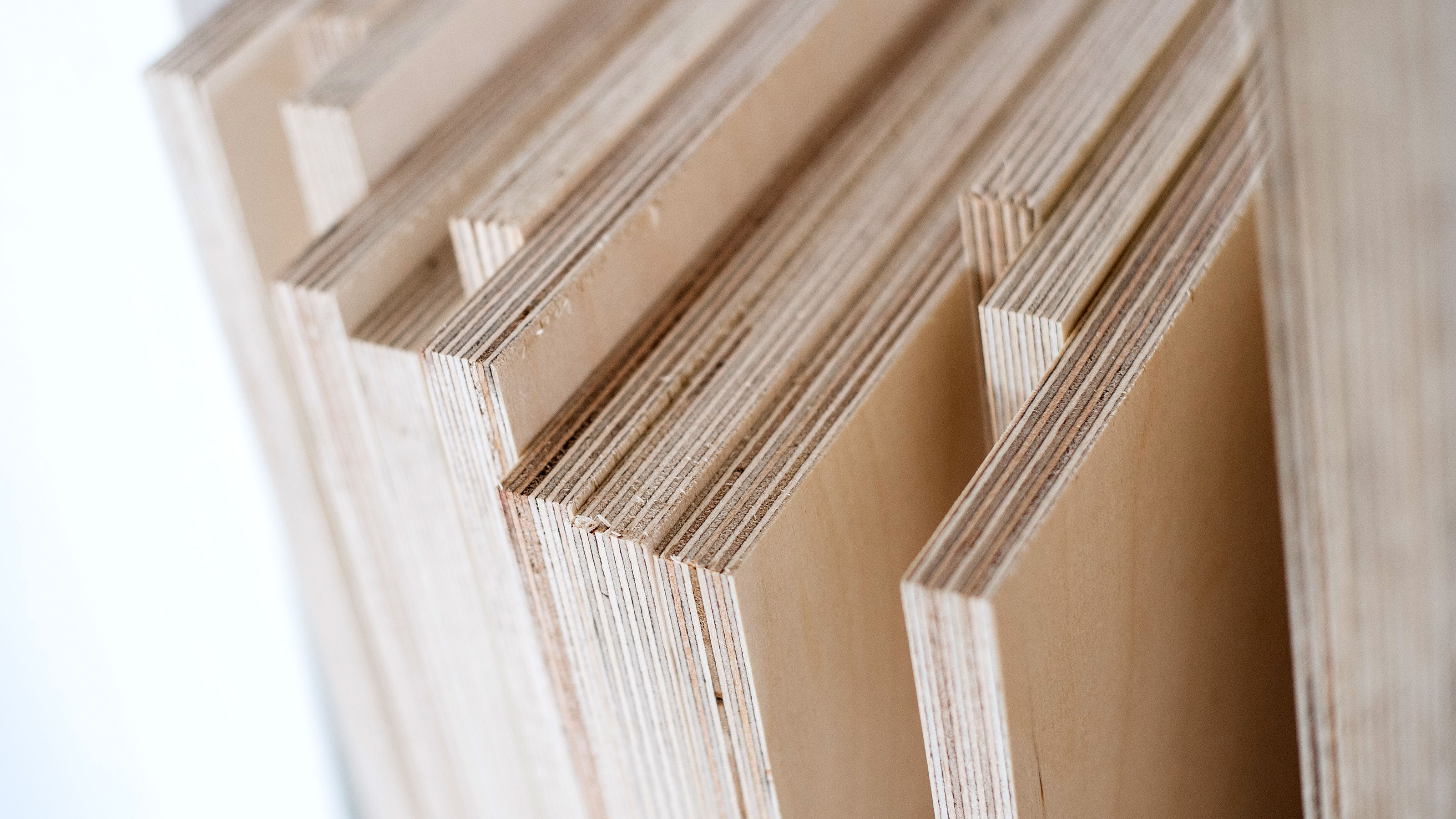
3. Fibre Cement Sheet
Fibre Cement Sheet is typically made from sand, cement, cellulose fibres such as recycled wood and water. It is strong, lightweight, easy to cut – making it easy to install – and has much lower embodied carbon than products with a similar makeup, effectively making it futureproof.
It is durable, fire and moisture resistant and has a long lifespan and is a good choice for wall and ceiling linings, bathrooms and can be used on floors if you choose the right thickness. It has a grey industrial finish which can be left untreated, painted or tiled.
It is typically more expensive than standard gypsum plasterboard, with a 2400mm x 1200mm x 9mm board costing around £20-25 but is reasonably easy to get hold of with DIY stores such as Wickes and B&Q supplying different brands and variations.
4. Breathaboard
If you want a truly low carbon plasterboard alternative Breathaboard from Adaptavate is definitely one to consider - when available.
Adaptavate’s Breathaboard is a natural, high-performance, cost comparative alternative to plasterboard, recognised by construction industry professionals as a revolutionary innovation that could help address the waste and resource scarcity in the construction industry.
Tom Robinson, CEO and founder of Adaptavate extolled the virtues of the product, “Breathaboard is low-carbon and compostable, fire-resistant, anti-mould, helps with insulation and has a superior thermal performance. What’s more, this product is installed the same way as plasterboard but with lighter weight and to the same structural standards as wallboard.”
Sounds like a real winner, but the downside is that it is not readily available yet. But after significant investment it is going to be soon, so make sure to keep an eye out.
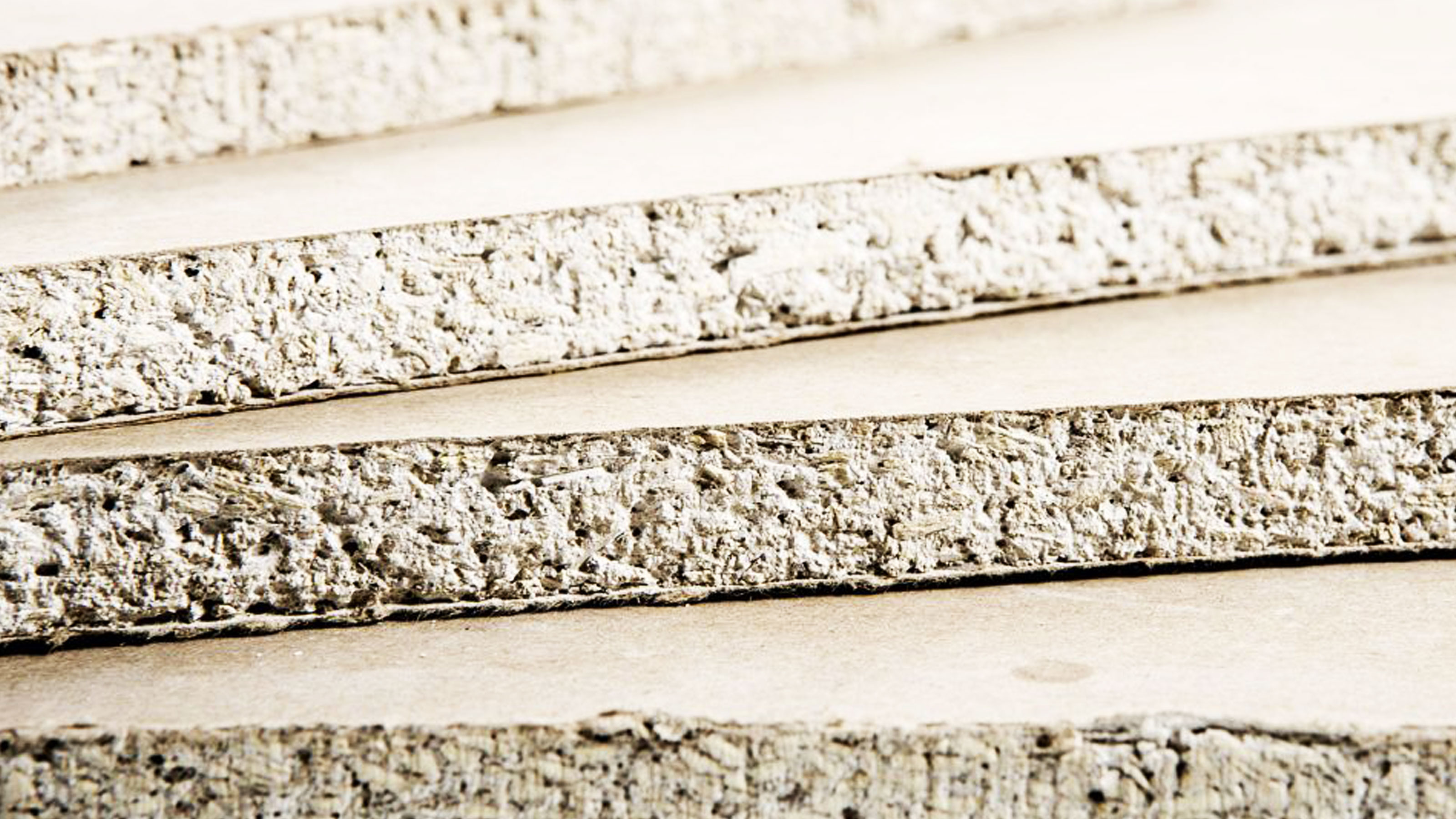
5. Clay Boards
Clay plasterboard, or boards, are made up of clay, wood fibres and natural binders to help hold everything together. A sustainable alternative to gypsum plasterboards it can be used in very much the same way.
It is lightweight and easy to cut and shape which helps make it easy to install. It can be applied to a metal or wooden stud framework with nails or screws. If you are using on a ceiling, large washers are needed to hold in place. It has great sound absorption qualities, is fire resistant and works well with humidity helping reduce the risk of mould and mildew growth.
It’s not quite as impact resistant as some plasterboard alternatives and costs more than standard gypsum board. But when finished with a clay finishing plaster you get a smooth finish that you can paint wallpaper or tile. However, you won’t find clay plasterboard in the large DIY stores like B&Q. You will need to look around for local or online suppliers.
6. MDF
If you are looking for a smooth finish that is ready to be painted or wallpapered, MDF is a good alternative to plasterboard. Made from wood fibres, resin and wax it has a flat sanded finish that is free from natural defects so gives an even look if left untreated.
It is easy to cut and work with though it will need to be primed when painting MDF or applying other top layers. It is easy to fix to walls and ceilings as Homebuilding's energy expert David Hilton: “I commonly use MDF (Medium Density Fibreboard) instead of plasterboard, especially if I am hanging heavy cabinetry, shelves or appliances such as large TV screen on the wall.”
MDF is typically a little more expensive than standard plasterboard, but it does have the advantage (especially for DIYers who can’t plaster) that it is ready to go as soon as fixed. And it's readily available from the big hardware stores such as B&Q.
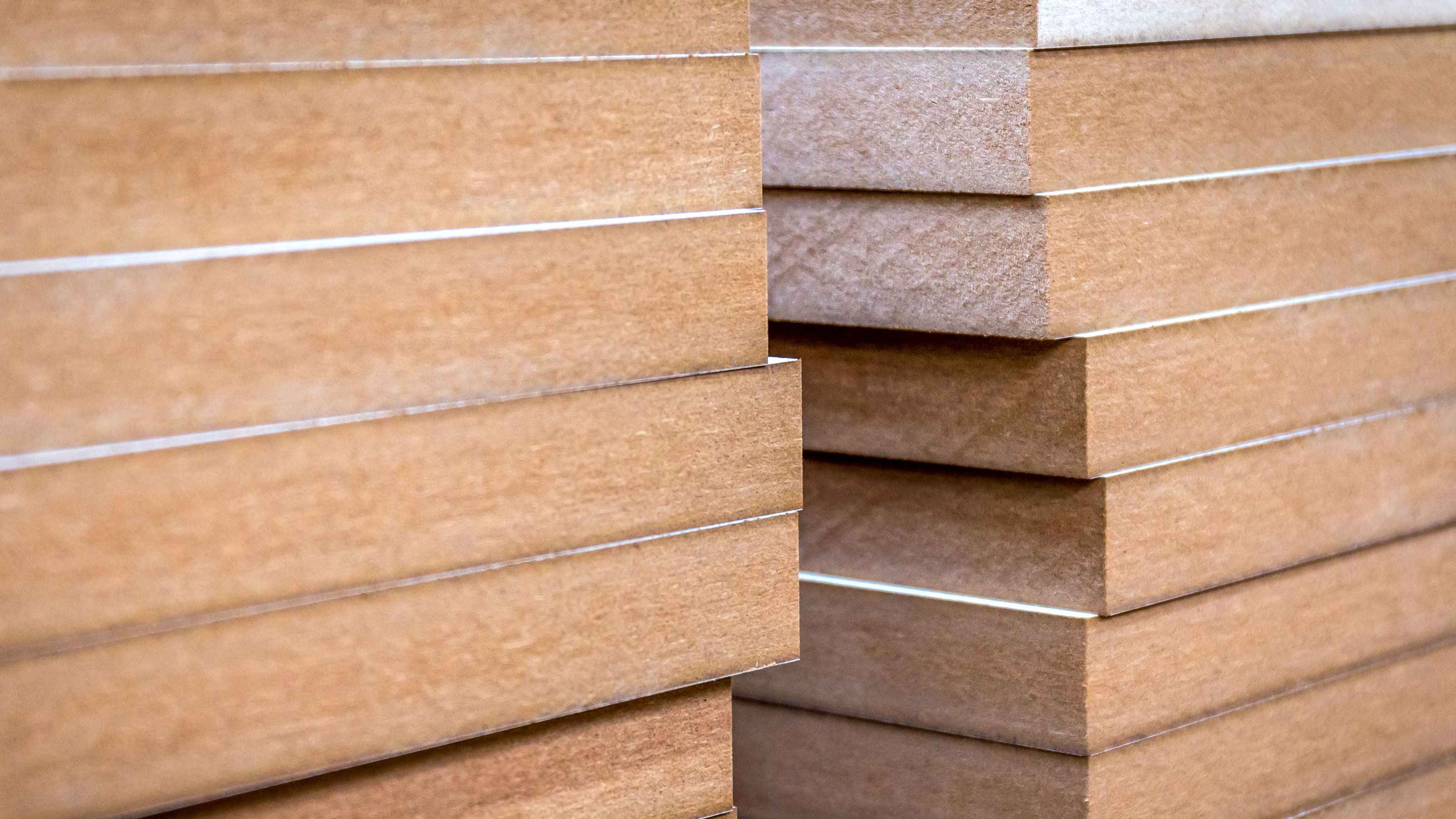
7. OSB
OSB (Oriented strand board) is an engineered board that is made from large strands of wood that are glued together under pressure to create its unique finish. This gives its strength and durability and a relatively low cost though still slightly more expensive than standard plasterboard and readily available at the big well-known DIY stores where you can check out B&Qs OSB selection, as well as local timber merchants.
Its finish gives a home a contemporary industrial look if left untreated, but while it is not waterproof it is resistant to moisture. However, once moisture gets into the board it will swell and will need to be replaced.
It can be painted and wallpapered, but it's not an ideal finish for wallpaper if looking for a smooth finish as Hilton reveals, “The adhesive can cause the paper to ‘ripple’ when it dries.”
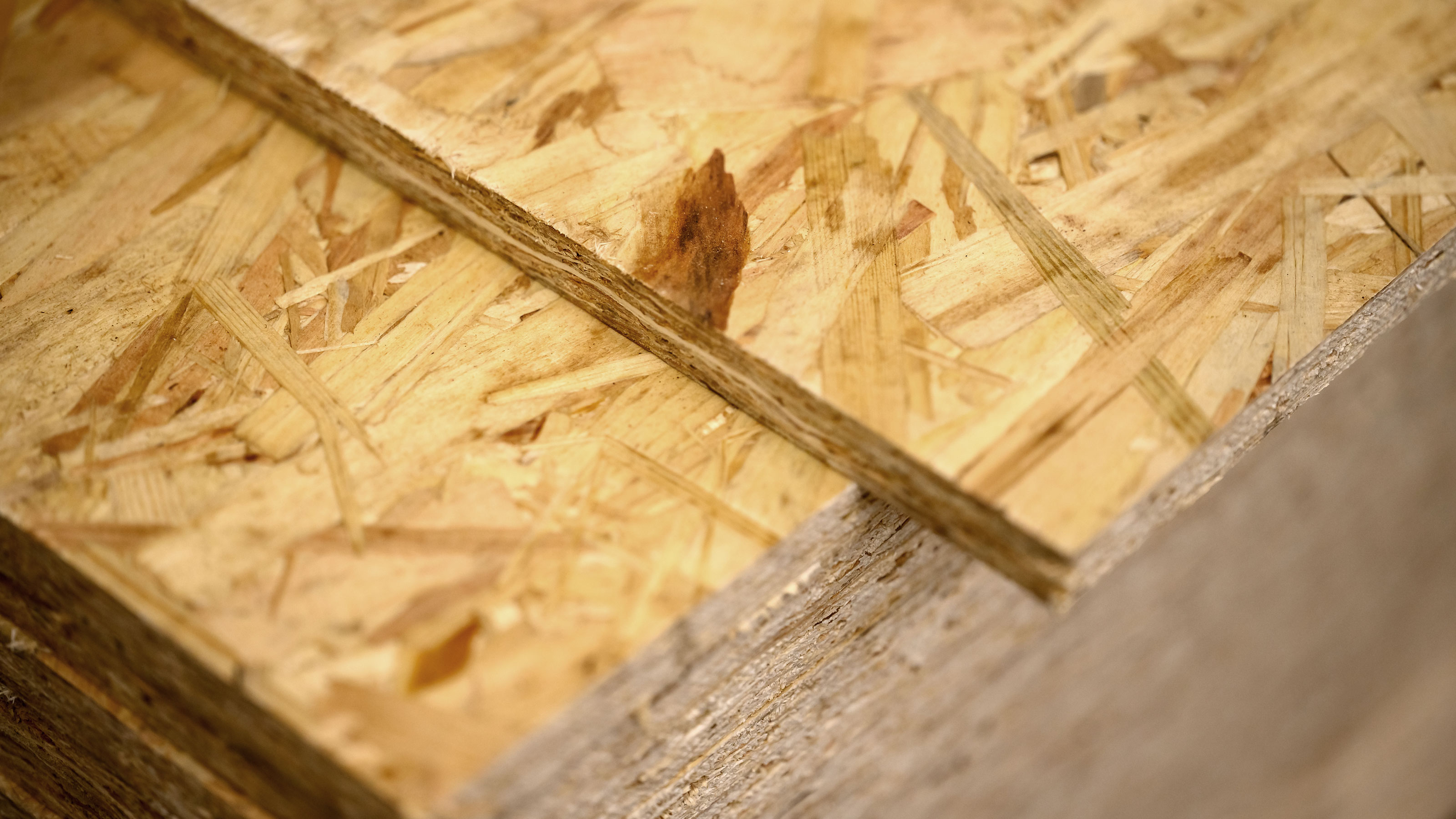
8. Bricks
Bricks are already part of your home and make a great look for walls, with the added bonus of not needing to purchase any new construction materials making them eco-friendly. If you have a few broken bricks that need changing, it's pretty simple to remove a brick from a wall and replace. Alternatively, if you don’t like the look of your bricks you can simply paint them.
Bricks are not cheaper than plasterboard with new ones like these Wienerberger Harvest Buff Rough Yellow Perforated Facing brick from B&Q costing around £1 each.
If you are going to introduce more bricks into your home then recycled or reclaimed bricks are a cost effective option with little impact on the environment. Again they are rarely cheaper than plasterboard but if you look around online at Facebook Marketplace, Gumtree etc, you can get some great deals with cheap or even free bricks. But, typically you will need to collect them.
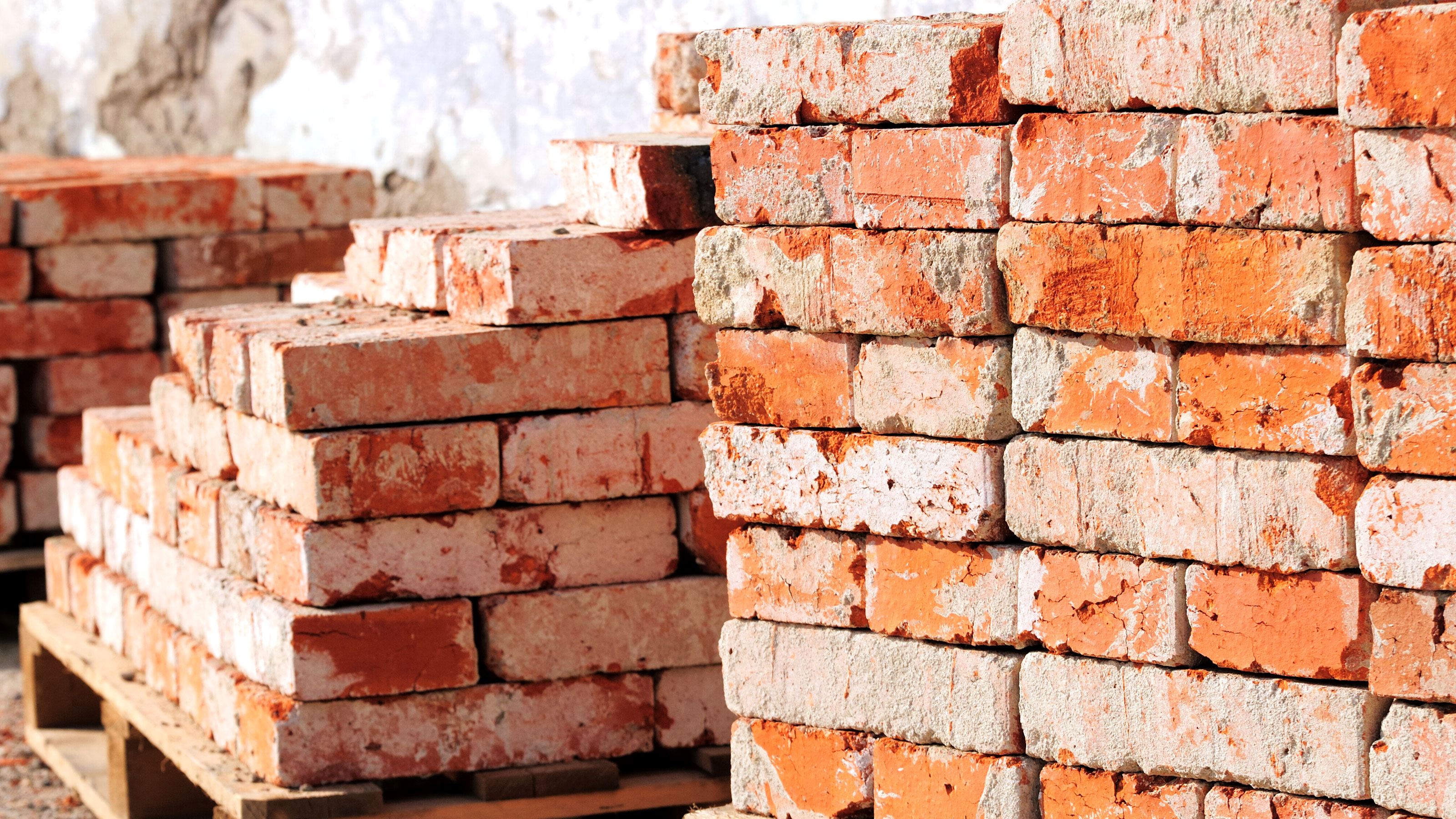
9. Jackon board
Traditional gypsum based plasterboard is not waterproof and if being used in a bathroom or shower it needs to be treated to ensure it is waterproof before you can tile on top.
An alternative is to use Jackon board as David Hilton explains, “For a more technical alternative to plasterboard I use wet-room board in many wet areas. Known in the industry as Jackon board or Marmox board, these boards look like thin sheets of polyurethane insulation with a rough, plaster-like finish.”
He continues, “They are very lightweight and are easy to fix with screws and special washers that simply get plastered or tiled over for the finish. These boards are smaller and more expensive than plasterboards but are fully waterproof and will provide for a durable and long lasting wet room even in the event of slight ingress into the fabric.”
Check out our wet room ideas to give you some design inspiration.
Get the Homebuilding & Renovating Newsletter
Bring your dream home to life with expert advice, how to guides and design inspiration. Sign up for our newsletter and get two free tickets to a Homebuilding & Renovating Show near you.
Steve Jenkins is a freelance content creator with over two decades of experience working in digital and print and was previously the DIY content editor for Homebuilding & Renovating.
He is a keen DIYer with over 20 years of experience in transforming and renovating the many homes he has lived in. He specialises in painting and decorating, but has a wide range of skills gleaned from working in the building trade for around 10 years and spending time at night school learning how to plaster and plumb.
He has fitted kitchens, tiled bathrooms and kitchens, laid many floors, built partition walls, plastered walls, plumbed in bathrooms, worked on loft conversions and much more. And when he's not sure how to tackle a DIY project he has a wide network of friends – including plumbers, gas engineers, tilers, carpenters, painters and decorators, electricians and builders – in the trade to call upon.

